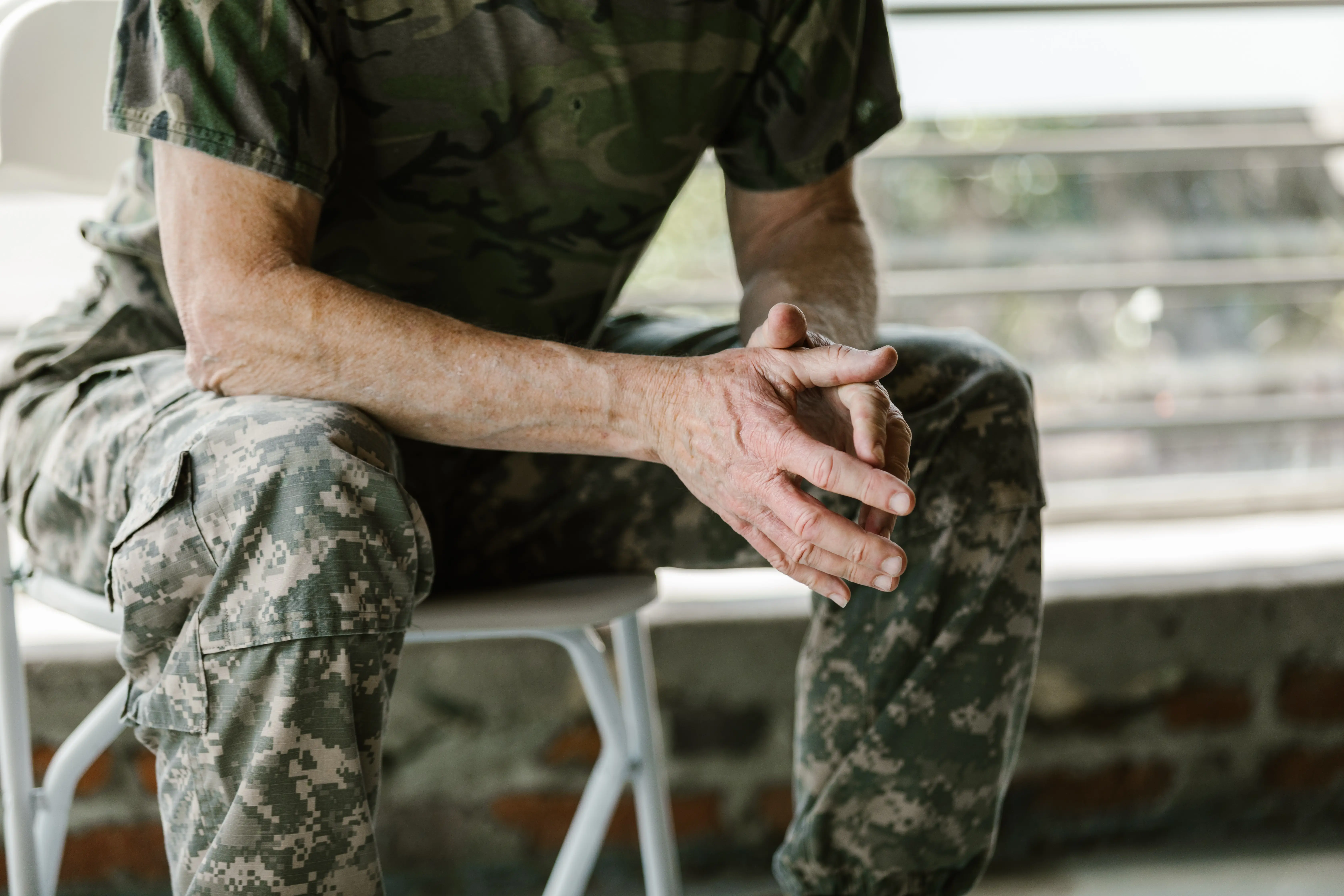Military sexual assault refers to intentional sexual contact initiated without the victim’s consent through threats, intimidation, force or authoritative abuse. The process entails the offender exceeding force either by intimidating or threatening and sexually penetrating or nonpenetrating the victim in a compromising situation the victim cannot provide consent. Military sexual assault consists of several sexual offences such as forcible sodomy, either oral or anal, rape, abusive sexual contact, aggravated sexual contact or attempting to commit any offences. Lack of consent includes dizziness or incapacitation resulting from a mental disorder, drug or alcohol or age (Matthews et al., 2018 Pg 1).
Male soldiers record a high prevalence of military sexual assault. Male military staff identified as transgender, bisexual or gay have a higher chance of being sexually assaulted than military males who were not in either of those sexual lifestyles. Most men experiencing the assault are below thirty years of age and are racially white and lower salary grades. In the United States, a large number of male sexual assault victims are heterosexual. However, heterosexual men experience a lower rate of sexual assault than bisexual or gay men. Evidence revealed that most male victims’ households in the United States have an average income of between twenty-five thousand to seventy thousand US dollars or below the average of less than twenty-five thousand US dollars. Additionally, the victims are mainly non-Hispanic. Generally, a childhood history of sexual abuse predisposes both males and females to a higher rate of sexual assault in adulthood (Matthews et al., 2018 Pg 3).
Military women are highly vulnerable to military associated sexual assault compared to male soldiers. Military linked sexual assault is most prevalent at the time of deployment. Women who have undergone military associated sexual assault most probably could have suffered mental disorders, particularly posttraumatic stress dysfunction. Sexual assault largely contributes to the mental disorder burden, including posttraumatic stress dysfunction and particularly occurs within the military personnel. The military staff is mostly composed of young individuals, a group highly predisposed to sexual assault. Soldiers mostly reside in isolated close quarters, with the male population frequently exceeding the female population. The residence makes women to be easily assaulted by their male counterparts. Sexually assaulted military staff tend to avoid others, including emotionally isolating themselves from normal social networks. The sexual trauma experienced makes them develop low self-esteem, that reporting for assistance from relevant authorities becomes a challenge. They also receive inadequate social support from their social networks by constantly feeling embarrassed, ashamed to be of no value (Watkins et al., 2017 Pg 2).
Most sexual assault on military service males is a consequence of hazing acts into gay or bisexual practices. Seventy per cent of the military men assaulted indicate that the sexual offence is not meant to humiliate or abuse the victims than females that are merely forty-two per cent. Unlike females, a smaller percentage of military service males are assaulted at the residence. Most active-duty male victims are sexually assaulted at the workplace and a smaller proportion assaulted by friends at a party or outing. The fact that military men sexual assault occurs at the workplace or during leisure with friends indicates that the sexual assault is a hazing event. Most sexual assault on military service males is a consequence of hazing acts into gay or bisexual practices. (Matthews et al., 2018 Pg 4).
In conclusion, the prevalence of sexual assault is recorded in both male and female military personnel. Age, race, and income are the major driving factors of sexual assault in the army. The major challenge is the willingness of the victims to report the perpetrators of sexual assault and seek sufficient support. Males’ assault is a mere initiation into a sexual act of gay as the process is less intended to harm the victim. These aspects continuously result in escalating cases of military sexual assault.
References
Matthews, M., Farris, C., Tankard, M., & Dunbar, M. S. (2018). Needs of male sexual assault victims in the US Armed Forces. Rand health quarterly, 8(2).
Watkins, K., Bennett, R., Zamorski, M. A., & Richer, I. (2017). Military-related sexual assault in Canada: a cross-sectional survey. CMAJ Open, 5(2), E496.








